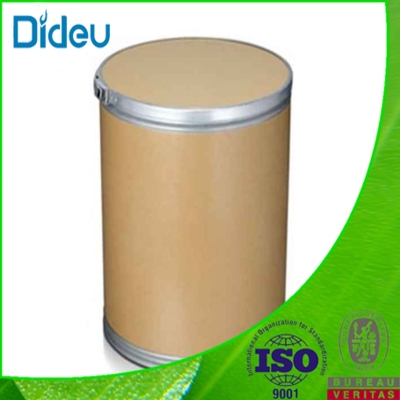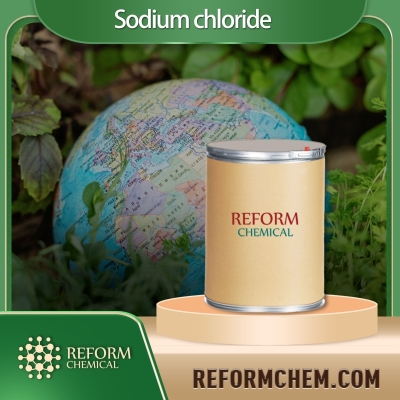-
Categories
-
Pharmaceutical Intermediates
-
Active Pharmaceutical Ingredients
-
Food Additives
- Industrial Coatings
- Agrochemicals
- Dyes and Pigments
- Surfactant
- Flavors and Fragrances
- Chemical Reagents
- Catalyst and Auxiliary
- Natural Products
- Inorganic Chemistry
-
Organic Chemistry
-
Biochemical Engineering
- Analytical Chemistry
-
Cosmetic Ingredient
- Water Treatment Chemical
-
Pharmaceutical Intermediates
Promotion
ECHEMI Mall
Wholesale
Weekly Price
Exhibition
News
-
Trade Service
The production process of Calcitonin, a synthetic peptide hormone used for the treatment of hypercalcemia and metastatic carcinoma, involves a series of chemical and biochemical steps.
The process can be broadly classified into four stages: synthesis of the precursor, synthesis of the peptide, purification of the peptide, and final formulation.
Synthesis of the Precursor:
The precursor of calcitonin is a synthetic amino acid sequence that is identical to the natural sequence of the hormone.
The precursor is synthesized using solid-phase peptide synthesis (SPPS), a method that involves the attachment of individual amino acids to a solid support, such as a resin or a bead.
The synthesis of the precursor is carried out in a dedicated production facility, where strict quality control measures are in place to ensure the purity and identity of the synthesized precursor.
Synthesis of the Peptide:
Once the precursor is synthesized, it is cleaved from the solid support and then treated with a series of enzymes, such as diisopropyl fluorophosphate (DFP), to remove any residual impurities.
The resulting peptide is then purified using high-performance liquid chromatography (HPLC) or another appropriate method to remove any remaining impurities and ensure the purity of the final product.
Purification of the Peptide:
The purified peptide is then subjected to a series of purification steps, including gel filtration and ion exchange chromatography, to further remove any impurities and achieve the required level of purity.
The purified peptide is then formulated into a final drug product.
Final Formulation:
The final formulation of calcitonin involves the addition of excipients, such as mannitol, sodium chloride, and hydrochloric acid, to the purified peptide to produce a stable, lyophilized powder that can be easily reconstituted for administration.
The formulation process is carried out in a sterile facility, and the final product is thoroughly tested for sterility, pH, and other parameters to ensure its quality and safety.
Quality Control:
Throughout the production process, various quality control measures are in place to ensure the purity, identity, and efficacy of the final product.
These include in-process testing, such as HPLC and mass spectrometry, and end-product testing, such as bioassays and stability testing.
Challenges in Production:
The production of calcitonin can be challenging due to its complexity and the high degree of purity required for the final product.
Issues such as oxidation, degradation, and aggregation can occur during the production process and must be carefully controlled to ensure the quality of the final product.
Additionally, the production of peptides such as calcitonin can be costly and time-consuming, which can affect their availability and affordability.
Conclusion:
The production process of calcitonin involves a series of chemical and biochemical steps, including the synthesis of the precursor, peptide, and purification of the peptide, followed by final formulation.
The process is carried out in dedicated production facilities, and strict quality control measures are in place to ensure the safety and efficacy of the final product.
The production of calcitonin can be challenging, and the cost and complexity of the process can affect its availability and affordability.
Nevertheless, the synthesis of calcitonin remains an important therapeutic option for the treatment of hypercalcemia and metastatic carcinoma.







